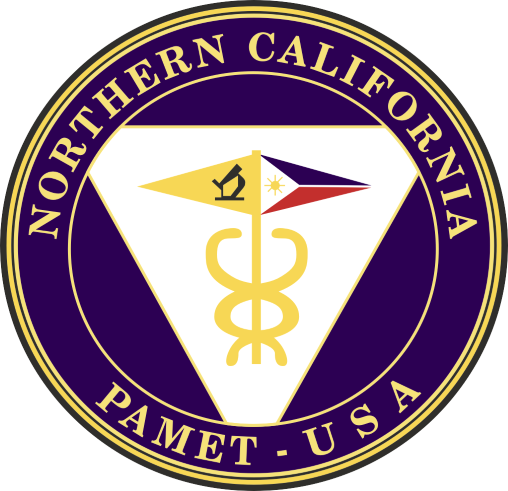With excerpts from “Beating Pandemic Like COVID-19 Requires More Medical Laboratory Professionals, This Virologist Explains”. By Rodney Rohde, PhD, Texas State University From Coronavirus Frontlines, April 22, 2020
Excerpts by Leticia M. Acosta, MS
The current and rapidly evolving SARS-COV-2/COVID-19 pandemic has the world in its grip. A global, novel virus that keeps us contained in our homes- maybe for months- is already reorienting our relationship to government, to the outside world, even to each other. The coronavirus pandemic is going to cause immense pain and suffering. But it will force us to reconsider who we are and what we value, and, in the long run, it could help us rediscover the better version of ourselves.
Everyday, the CDC, WHO, scientific personnel and government officials analyze the numerous data before announcing the update of this pandemic, including the rules and regulations to follow for the safety of all. Everyone is focused on laboratory testing. Medical and public health laboratory professionals are the ones in the trenches conducting the day-to-day testing. It’s way past time to celebrate the profession and raise awareness of just who are the clinical laboratory scientists and what they do. It is often said that the medical laboratory professionals are the doctor’s doctor: physicians (an others) rely on their expertise on 1000s of laboratory tests, from pre-analytical to the post-analytical work. They provide 70% of the data physicians and others use to make informed decisions about diagnosis and treatment plans.
Everyday, worldwide, social media are applauding the brave health care workers on the frontlines of the COVID-19 pandemic. We thank the doctors, the nurses, the first responders for their devotion to the patients suffering from the virus. The other heroes whom we don’t see working so hard to help the doctors and nurses care for their patients-the laboratory personnel. Laboratory professionals have had to make numerous changes to adapt to coronavirus demands. They are working extended hours and several days nonstop to diagnose the presence of the SARS coronavirus-19 pandemic and even at great risk to their own lives. Aside from working with this virus, these professionals also conduct detailed medical laboratory testing for annual exams, such as cholesterol and glucose levels, genetic disorders like sickle disease and identify antibiotic resistant infections. It is concluded that 94% of the objective medical data in the patient record comes from laboratory professionals.
Amid all these pandemic demands for testing, testing, and more testing, the laboratory is also in crisis—lack of qualified, licensed laboratory professionals. The U.S. has about 310,000 employed medical laboratory professionals. With the population of roughly 350 million people, that equates to about 1,129 people to test per one medical laboratory scientist, and one person averages 39 various tests per year, which sums up to 14 billion tests. This workload will take over the normal 40-hour work period to process for testing. Other tests are still in the schedule. On top of that, medical laboratory professionals risk catching the disease just like other health professionals, and when they do, manpower shortage rises. They perform dozens of tests across multiple disciplines of laboratory medicine, utilizing manual, semi-automated laboratory procedures. A reliable laboratory result starts with the doctor’s orders, specimen collection, and transport to the laboratory, processing before the tests are done and results checked before reporting to the proper medical team. These health professionals spend countless hours conducting correlation and validation tests to ensure that the machines and standards are performing these tests accurately. They are expert computer scientists mastering complex hardware and software for the laboratory information systems to “talk” to the patient electronic health record, equipment technicians, statisticians, and troubleshooters across a diverse landscape of medical expertise.
All these medical laboratory science personnel have an average of 5 years of college education. They all have bachelor’s degrees and have certification and/or a license to practice. Many have a master’s degree and some have doctorates. They have to be competent and master multiple complex laboratory medicine areas in hematology, molecular diagnostics, immunology, urinalysis, microbiology, chemistry, parasitology, toxicology, immunohematology (blood banking), coagulation and transfusion, and laboratory safety and operation. Many students are often steered towards medical school or nursing, or major in biology or chemistry.
Shortages of personnel may get worse. Nationally, there are approximately 2,600 MLS and 2,300 MLT students graduating each year, creating a total of 4,900 new personnel to fill over 9,100 job openings— resulting in 46% vacancy rate. This pandemic highlights the growing crisis of shortages of both medical laboratory and public health professionals. You may not see them, but you rely on them in those laboratories doing those crucial tests to diagnose disease.



